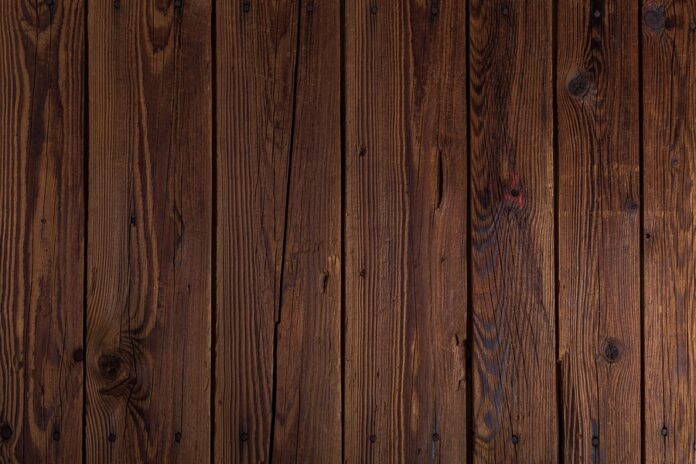Redecorating your home is an exciting process. It’s perfect for the creative mind who loves to express their personality through interior design, and it’s just as rewarding for a practical person who is orientated around DIY. Reflooring your home is part of this process. So, what type of material should you choose? What is practical and looks good, too? We believe the answer to these questions is laminate wood flooring. After researching its advantages and disadvantages, we came to this conclusion. Read on to see what we found out for yourself.
Robustness
Laminate flooring is made of several different layers. It has a backing layer (this can also be called an underlay) which supports a high-density fibreboard core. This is a form of engineered wood that consists of tightly compacted wood fibres, making it incredibly sturdy and strong. The HDF is then topped with a decorative layer, giving the laminate flooring its attractive appearance. Finally, it’s given a protective covering which ensures it’s waterproof and scratch-resistant. All these layers mean that laminate is strongly reinforced, making it a very durable and long-lasting material. This is one massive advantage of laminate wood flooring and also means it’s very cost-effective. You won’t have to re-floor anytime soon with laminate having an average lifespan of up to twenty-five years.
Installation
Laminate flooring is easy to install in your home without the use of a professional, which can save you the money you might want to spend on other aspects of your home renovation. However, perhaps the biggest disadvantages of laminate wood flooring come from improper installation. For example, if you fail to properly acclimatise your laminate when laying it down, then its different planks will swell or shrink with humidity, so they will no longer lock together. This will result in buckling and gaps on your floor. However, this isn’t an issue if you carefully follow the instructions or hire a professional fitter.
Cleaning and Maintenance
Another advantage of laminate flooring is its water resistance. Any spillages on laminate won’t result in staining because its protective covering isn’t porous. Additionally, dirt doesn’t collect on its surface as it might do with other materials. For example, carpet can trap grime within its fibres, whilst tiled floors tend to accumulate mould in their grouts. On the other hand, laminate is easy to clean with a mop and a brush, so there’s no need to worry about your floor becoming a breeding ground for bacteria.
Attractiveness
Laminate wood flooring won’t increase the resale value of your home because it’s not actual oak or hardwood. This is a disadvantage for some. However, the design layer of laminate flooring means it perfectly mimics the appearance of real wood. So, you can have the appearance of hardwood without any of the drawbacks, such as water warping the wood.
Laminate wood floors are not only more cost-effective, practical and durable than most other materials, but they’re also just as attractive when properly installed. You won’t regret choosing this type of flooring for your home.






















